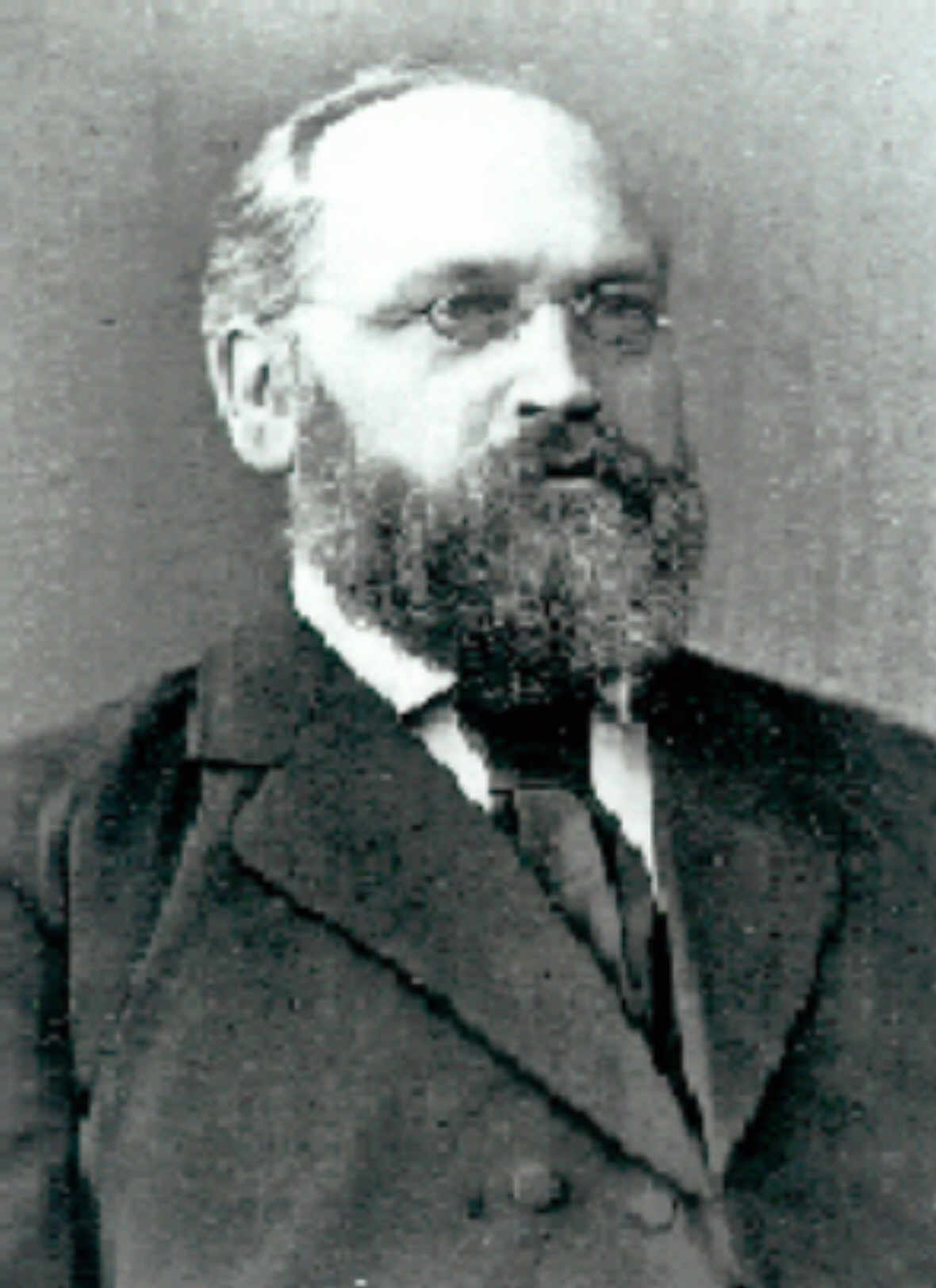B. Grüneberg
| Founded/Born - Closed/Death | 1828 - 1907 |
|---|---|
| Still active? | no |
Karl Barnim Theodor Grüneberg (born December 27, 1828, in Stettin; died August 22, 1907, in Stettin) was a German organ builder.
Barnim Grüneberg came from a family of organ builders active in Brandenburg an der Havel, Magdeburg, and Stettin. His father, August Wilhelm Grüneberg, was also an organ builder. His brother, Hermann Grüneberg, was a notable chemist and entrepreneur.
Following his father's early death in 1837, the family's workshop was initially put on hold. Barnim Grüneberg apprenticed from 1843 to 1847 with Carl August Buchholz in Berlin, a distant relative. In 1848, he went to work with Friedrich Haas in Lucerne, then with Kyburz in Solothurn, Salzburg, the famous Aristide Cavaillé-Coll in Paris, Vienna, and London. From 1849 to 1853, he was a journeyman with Eberhard Friedrich Walcker in Ludwigsburg.
In 1854, Barnim Grüneberg returned to Stettin, where he reopened his father's organ workshop at Große Domstraße 24 (now ul. Farna). He developed it into one of the most significant and productive German organ workshops of his time.
Grand Duke Friedrich Wilhelm II of Mecklenburg-Strelitz awarded him the title of Court Organ Builder in 1893. Barnim Grüneberg was a founding member of the Federation of German Organ Builders and a member of the Johannisloge "Friedrich Wilhelm zur Liebe und Treue" in Demmin.
In 1905, his son Felix (Johannes) Grüneberg, along with his brother Georg, took over the workshop and moved it to Finkenwalde in 1906. Felix lived in the Grüneberg Villa from 1910 to 1945. The firm celebrated its 1000th opus in 1933. Production ceased in 1945.
Barnim Grüneberg was the most important organ builder in Pomerania in the 19th century. His organ building establishment was one of the most productive of its time, with instruments delivered as far as Mecklenburg, Brandenburg, Russia, and Africa.
Initially, the instruments featured slider chests and mechanical action, later switching to cone chests and finally pneumatic action. He was the first to install a roller swell in the organ in Neustrelitz, allowing for the continuous crescendo and diminuendo characteristic of the symphonic orchestral organ of late German Romanticism.
Grüneberg built the largest organ of his time in Libau, with 131 registers on four manuals and pedal, which remains the largest organ with mechanical action in the world to this day. His 450th opus was the cathedral organ in Ratzeburg in 1902.
Barnim Grüneberg came from a family of organ builders active in Brandenburg an der Havel, Magdeburg, and Stettin. His father, August Wilhelm Grüneberg, was also an organ builder. His brother, Hermann Grüneberg, was a notable chemist and entrepreneur.
Following his father's early death in 1837, the family's workshop was initially put on hold. Barnim Grüneberg apprenticed from 1843 to 1847 with Carl August Buchholz in Berlin, a distant relative. In 1848, he went to work with Friedrich Haas in Lucerne, then with Kyburz in Solothurn, Salzburg, the famous Aristide Cavaillé-Coll in Paris, Vienna, and London. From 1849 to 1853, he was a journeyman with Eberhard Friedrich Walcker in Ludwigsburg.
In 1854, Barnim Grüneberg returned to Stettin, where he reopened his father's organ workshop at Große Domstraße 24 (now ul. Farna). He developed it into one of the most significant and productive German organ workshops of his time.
Grand Duke Friedrich Wilhelm II of Mecklenburg-Strelitz awarded him the title of Court Organ Builder in 1893. Barnim Grüneberg was a founding member of the Federation of German Organ Builders and a member of the Johannisloge "Friedrich Wilhelm zur Liebe und Treue" in Demmin.
In 1905, his son Felix (Johannes) Grüneberg, along with his brother Georg, took over the workshop and moved it to Finkenwalde in 1906. Felix lived in the Grüneberg Villa from 1910 to 1945. The firm celebrated its 1000th opus in 1933. Production ceased in 1945.
Barnim Grüneberg was the most important organ builder in Pomerania in the 19th century. His organ building establishment was one of the most productive of its time, with instruments delivered as far as Mecklenburg, Brandenburg, Russia, and Africa.
Initially, the instruments featured slider chests and mechanical action, later switching to cone chests and finally pneumatic action. He was the first to install a roller swell in the organ in Neustrelitz, allowing for the continuous crescendo and diminuendo characteristic of the symphonic orchestral organ of late German Romanticism.
Grüneberg built the largest organ of his time in Libau, with 131 registers on four manuals and pedal, which remains the largest organ with mechanical action in the world to this day. His 450th opus was the cathedral organ in Ratzeburg in 1902.
No YouTube videos available.
Make this Notebook Trusted to load map: File -> Trust Notebook
https://de.wikipedia.org/wiki/Barnim_Gr%C3%BCneberg
 Pipe Organ Map
Pipe Organ Map